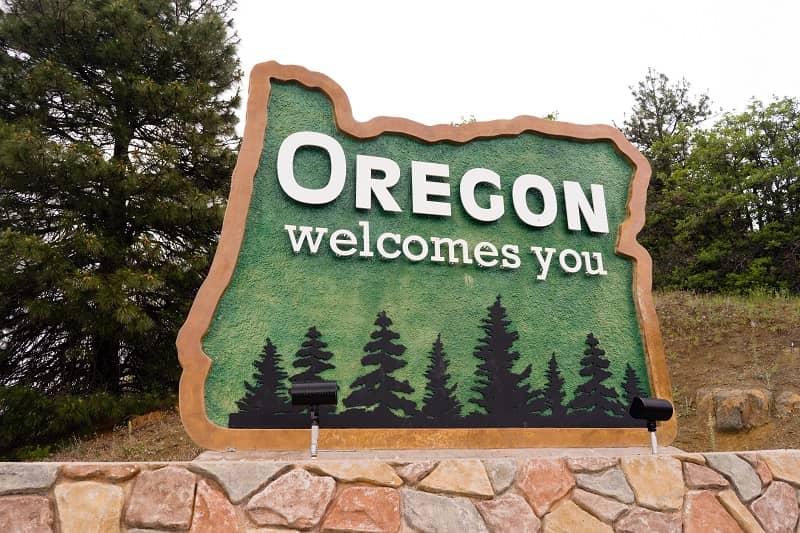The Oregon Public Utility Commission (PUC) is considering a request by the Energy Trust of Oregon (ETO) to allow the Trust to spend ratepayer dollars on certain energy efficiency measures that don’t pencil out. The Oregonian has correctly noted that if the estimated benefits of such projects are less than costs, we should stop spending ratepayer dollars on the subsidies.
Several recent op-ed writers have taken The Oregonian to task on this because the local mantra of environmental advocates has long been that conservation is always better than building a new power plant. In a world of high natural resource prices, this is likely true; as a region we have saved a lot of energy through conservation over the past 30 years.
But we are in a new boom period for American energy production, across multiple fronts, including natural gas, coal, oil, and propane. With a glut of natural gas, domestic prices have dropped, leading to negative results for the benefit-cost tests applied to some conservation projects. Yet, advocates who were happy to trumpet the virtues of “cost-effective” investments all those years now resent the fact that the math no longer works in their favor. Therefore, they’d like to change the rules.
Proponents have made a lot of arguments for continued public subsidies: the ETO should be allowed to offer a “core program” of insulation measures for natural gas homes that are exempt from cost-effective determinations; there are “non-energy” benefits from conservation, such as more comfortable buildings; and natural gas prices might rise again, so we should keep all these contractors working to install stuff even if it doesn’t make financial sense today.
But the law that created the Energy Trust was clear that ratepayer funds collected through the three percent monthly tax on ratepayers (otherwise known on your monthly utility bill as the “Public Purpose Charge”) could only be spent on “cost-effective” measures. It’s bad enough that the PUC has been letting ETO operate with a waiver from this requirement for the past two years; there is no justification for another extension.
The PUC staff recently made draft recommendations to the Commission that will disallow those measures with the worst benefit-cost numbers, but continue allowing many that are close to positive, but still losers. The PUC should take the guesswork out by simply complying with the law. Ratepayer funds should only be spent on conservation measures where estimated benefits exceed costs.
John A. Charles, Jr. is President and CEO of Cascade Policy Institute, Oregon’s free market public policy research organization. This article originally appeared in the Oregonian on September 21, 2014.











